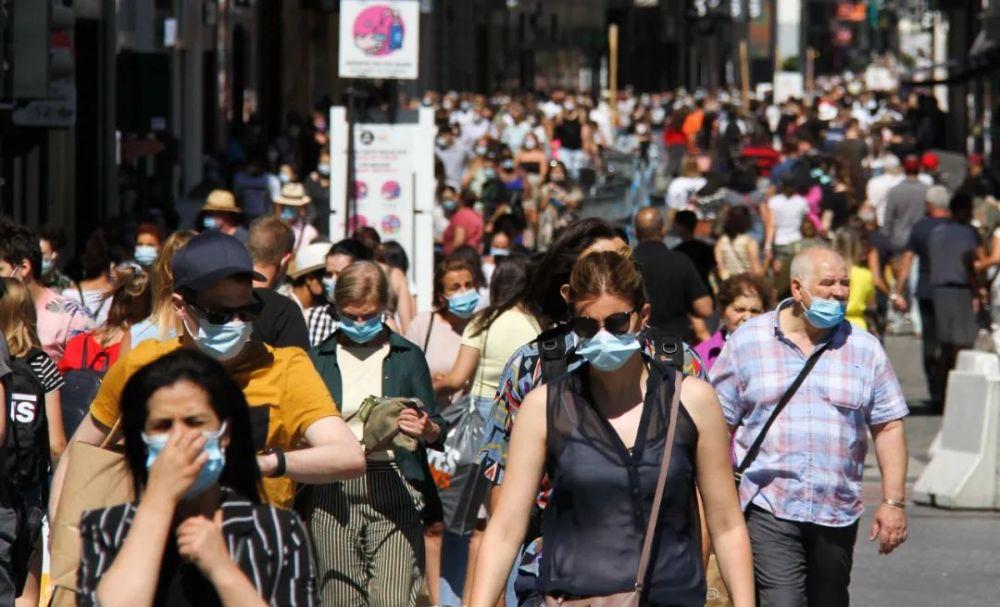Caroline · Carolyn Stern, a family doctor who works in emergency care, is a little different from the average family doctor – she has a hearing impairment (DHH, deaf or hard of hearing)...
Tougher careers
Caroline suffered from Meniere's syndrome, but she did not give up her love of medicine. She pursued her medical career almost stubbornly, with hearing loss, tinnitus and dizziness associated with Meniere's syndrome. Over time, she was able to communicate easily using sign language and hearing impaired people.
Before THE ARRIVAL OF COVID-19, Caroline had become accustomed to communicating independently with patients without the presence of a translator. Based on her work experience, Caroline carefully studied more communication skills, such as through facial expressions and body language, and appropriately used her remaining listening and reading skills to communicate with patients.
Many times, Caroline only needs the help of an interpreter for things like occasional meetings, social events, medical and patient family meetings.
But it still had a big impact on her career, especially when it came to conferences. Post-COVID-19 meetings are usually held online, and the entire meeting is fully presented on a small display. Unlike intuitively watching online meetings, Caroline's gaze needs to constantly switch between the speaker, PPT, and interpreter's windows to make sure she doesn't miss anything — but even then, a lot of information is missed.
A new challenge in the COVID-19 era
With the advent of the new crown, wearing masks has almost become a part of people's lives. Masks are like a shackle that covers noses and chins, locking up people's face-to-face communication. Meetings and events in this situation turned into a virtual nightmare for Caroline. The "communication skills" that she mastered were ineffective in front of the mask, and she could only observe the changes in her eyebrows and eyes, but the stacking of wrinkles at the corners of her eyes could mean both anger and joy. Similarly, communicating through sign language requires facial expressions to assist in understanding.
"I feel lost, even depressed." There are also patients who take off or pull open the mask to communicate with Caroline, but Caroline supports and understands the behavior of wearing a mask, which is also a protection for the patient.

After the pandemic, Caroline resumed working with full-time interpreters, treating patients, shifting shifts, or attending meetings. Caroline consciously designs her work environment to take into account the needs and habits of interpreters.
Caroline's interpreters are members of the nursing team, so caroline is able to accompany her throughout her visits to patients. They wore transparent masks that allowed Caroline to see changes in their expressions as they translated.
The covid-19...
Telemedicine has become an integral part of Caroline's daily work in the new crown era, and for Caroline, it creates new possibilities and shortcomings. At first, Caroline thought telemedicine would be convenient, and patients would not need to wear masks at home, so they would be able to communicate with themselves face-to-face. However, during the diagnosis and treatment, the patient needs to show Caroline the affected area, such as a rash, and Caroline cannot know what the patient is saying. In this case, Caroline still needs an interpreter to assist herself with telemedicine.
The various policies caused by the epidemic have had an impact on Caroline's outings, cooperation with students, and guidance and teaching, such as room occupancy restrictions, which have greatly hindered Caroline's career development. The impact of COVID-19 is in many ways, and Carolyn as a hearing impaired doctor is facing an uphill battle. But Caroline still insisted that there are many things that need to be considered for communication, such as facial expressions, body language, volume, tone and rhythm.
As a hearing impaired person, Caroline is also working hard to promote the welfare of the hearing impaired.
The proportion of people with hearing impairments increases with age, and half of people aged 75 and older have hearing difficulties. In the aftermath of the COVID-19 pandemic, the wearing of masks by the whole population has created difficulties in communication between the hearing impaired, and in the face of difficulties, people will always have solutions.
The pandemic has prompted DHH health professionals to develop transparent masks/face shields, etc., which can effectively enhance the communication between doctors and patients and improve the relationship between doctors and patients. Covid-19 has brought many challenges, and Caroline, like many others, is cautious about the further popularity and mutation of this new crown.
-References-
1.Annals of Internal Medicine:Doctoring with a double disability.
Author: Ge Ge Wu
Image source network.